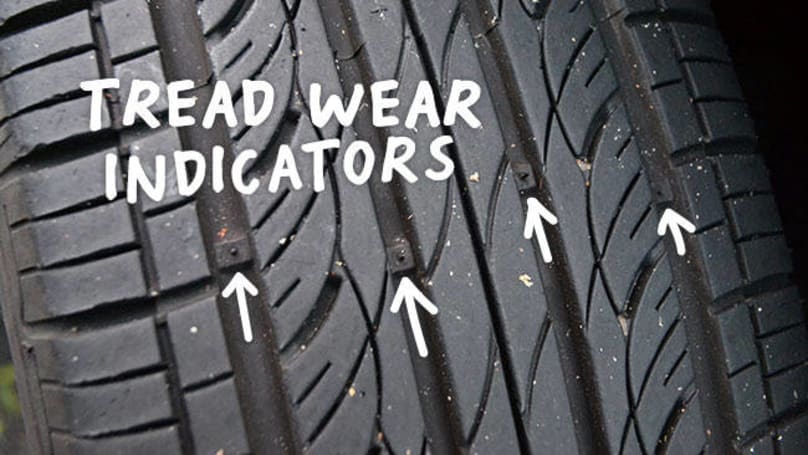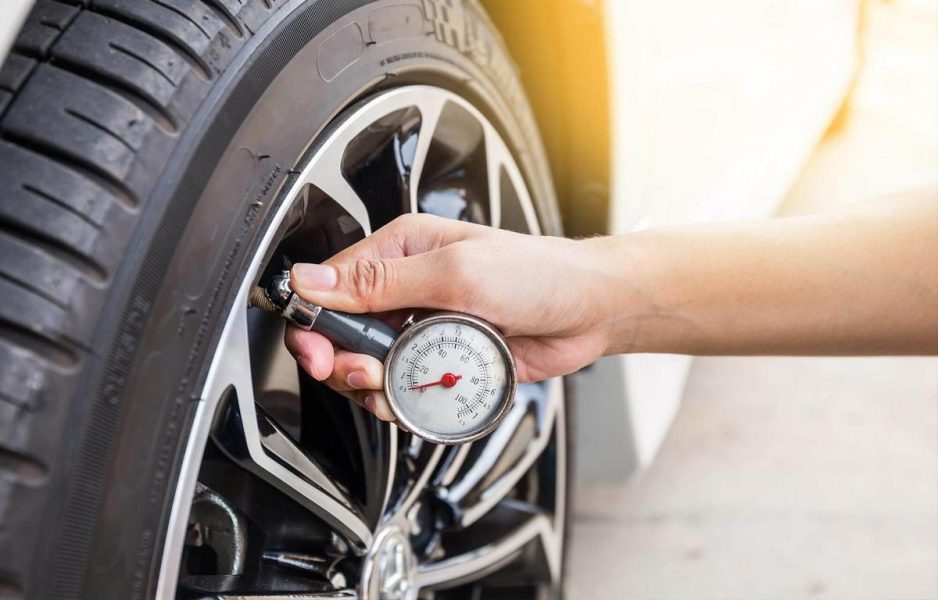
How to Check Tire Air and Why It's Important
Tires provide the most important connection between the car and the road, so they need to be maintained in optimal condition.
Inflating and maintaining pressure in your car's tires is one of the most important things you can do.
Tires provide a vital connection to the road, and when properly maintained, they give us the ability to steer, brake, turn and accelerate.
They also help determine the fuel economy we value so much, but most importantly, they keep us out of trouble.
The best thing about checking and maintaining inflationary pressures is that it's easy and free.
Where can I do it?
Every service station has a pump that can be used for both checking and inflating tires. It's easy to use, it can be done in a minute or two, and it's free.
The gas station is usually located away from the gas stations so you won't stop anyone while you do it, and it usually has signs on it to let you identify it.
If you are not sure, ask the attendant at the service station.
Tire salesmen also have pumps and are usually happy to let you check your tire pressure, and for a smile they might even do it for you.
When should I do it?
Tire pressure should be checked at least once a month, and is best done when the tires are cold. This is in the morning before you leave the driveway.
Cold pressure testing gives the most accurate inflation pressure readings; the pressure will rise as the tires warm up and you will get an incorrect reading.
If you cannot check the pressure before leaving, go to the nearest service station and have it done there.
What pressure should be used?
The recommended inflation pressure is indicated on a sticker affixed to the body of your vehicle.
It is usually located in the driver's door opening, but can also be inside the fuel tank cap or on the inside of the glove box lid.
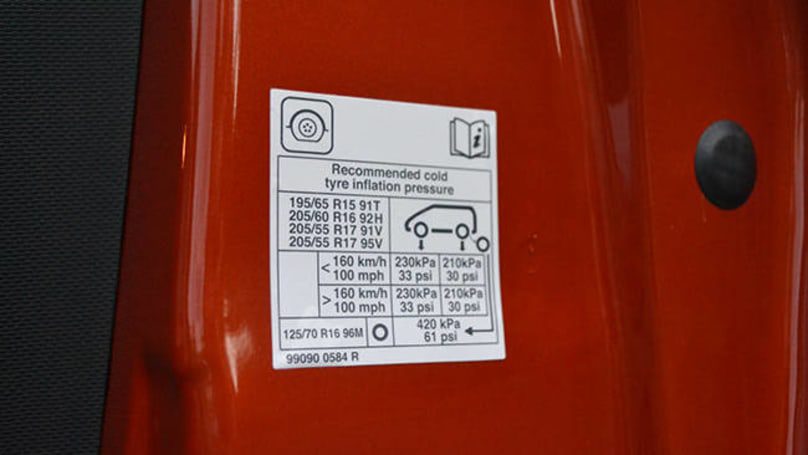
If you are unsure, the pressure is also listed in the user manual.
The inflation pressure is for cold settings and is usually given in metric kPa or equivalent imperial pounds per square inch.
The pressures are for normal driving and when you have cargo in the trunk or when driving at high speeds.
Can I use higher tire pressures than recommended?
The recommended pressure is a compromise designed to achieve the best combination of safety, comfort, handling and braking, and fuel economy.
Deviating from these recommendations will affect one or more of these things, so consider the implications carefully before deciding whether to raise or lower inflationary pressures.
Setting a slightly higher pressure may result in improved fuel economy and handling, but may make driving less comfortable.
How to check tires?
After finding the pump at a workshop, check the displayed pressure setting and reset it to the recommended pressure for your vehicle.
Remove the dust caps from the valves on your tires, slide the hose fitting onto the valve stem and release the clasp so it attaches to the stem.
The pump will automatically adjust the pressure to the level you set, and an audible alarm will let you know when it reaches that pressure.
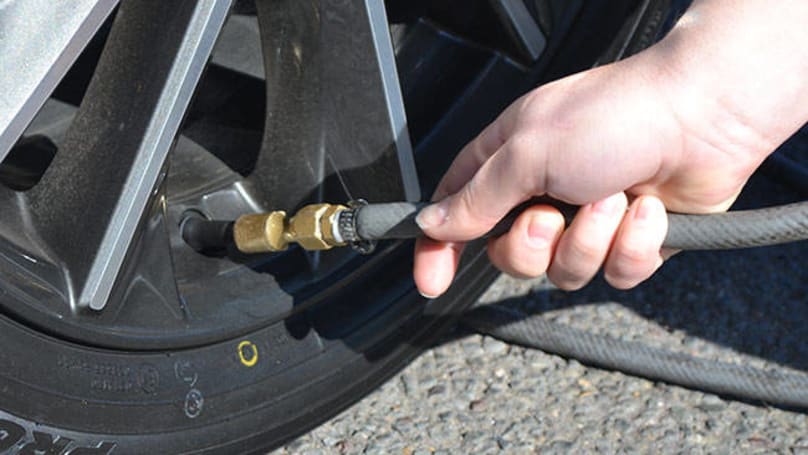
Release the clasp and remove the hose from the valve stem and move on to the next tire.
Also check the spare tire in the trunk to make sure it is properly inflated and ready to use if you need it.
After you have checked each tire, be sure to replace the dust caps to keep dust from getting under the valve and causing a leak.
Are the sensors at the service station accurate?
Service station gauges can generally be relied upon, but are subject to misuse and abuse, and can vary from station to station.
Check the hose and end fitting that attaches to the valve stem and do not use if any damage is found. Instead, report damage to service personnel.
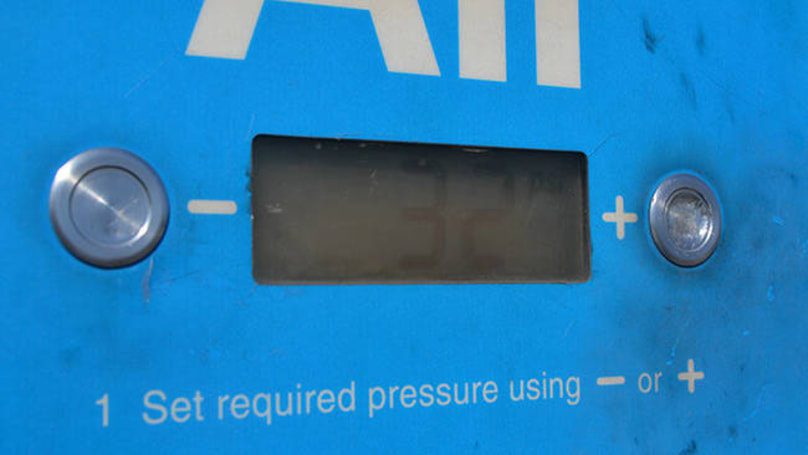
The best way to make sure your tires are inflated to the correct pressure is to check them with your own pressure gauge.
They are inexpensive and can be carried in the glove box, so you will be better prepared to keep your inflation pressure at a more constant level.
If you decide to have your own pressure gauge, take it to a tire shop and check its accuracy against the dealer's gauge before using it.
While you are in this...
Don't just stand there while the tire pump does its job, it's time to get down and inspect the tires for wear or damage to the tread or sidewall.
